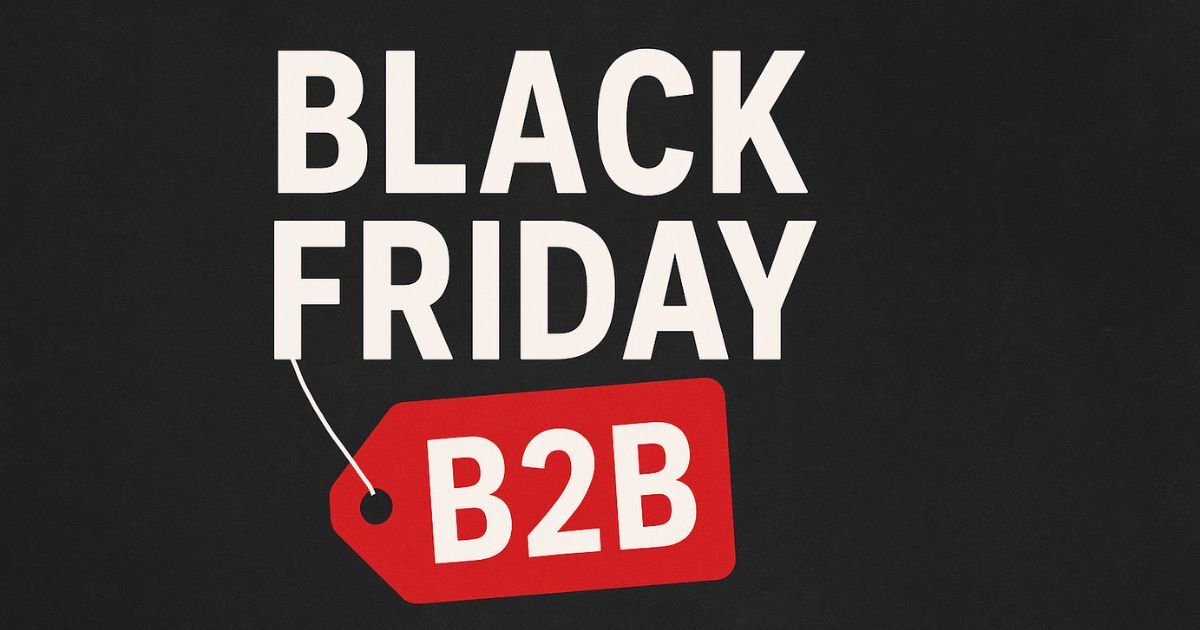Why B2B eCommerce Fails: 5 Real-World Mistakes You Can’t Afford to Make
You launched your B2B eCommerce Portal. You emailed the announcement to your customers. You even had cupcakes in the breakroom.
But six months later… barely anyone is using it. Traffic is flat. Orders are trickling in. Internally? Your sales team is ignoring it. Externally? Your customers are still calling and emailing in POs.
Sound familiar?
You’re not alone and it’s not a platform problem. It’s a people and process problem.
After working with hundreds of manufacturers and distributors, we’ve seen the patterns. B2B eCommerce fails for predictable reasons and if you know what they are, you can fix (or prevent) them.
Let’s walk through the five common mistakes that cause B2B eCommerce initiatives to flop, based on real examples from companies just like yours.
1. “They Built It, and Nobody Came”
One of the most common failures is also the most frustrating: the site goes live… and nothing happens.
Why? Because no one internally was aligned, especially the sales team.
We’ve seen companies make significant investments into an eCommerce platform and digital transformation program, only to have their own sales reps undermine it:
“Yeah, you can place the order on the site… but just call me and I’ll get you a better deal.”
And they’re not wrong, not if the site doesn’t match what they’re used to. If you don’t engage sales early, align incentives, and treat them as adoption champions (not roadblocks), they’ll kill your investment with a few words to the customer.
2. Designed for the Company, Not the Customer
Too many B2B eCommerce sites are built from the inside out, based on how the company wants to operate, not how the customer actually buys.
We call this inside-out design.
Here’s a real example: one distributor had an expensive, custom-built site. Beautiful branding. Clean design. But the search function was poor. Customers couldn’t find anything.
Guess what happened? They bounced.
B2B buyers aren’t browsing for fun. They’re trying to do their job. If your site makes that harder: poor search, confusing navigation, hidden pricing, they’ll leave, and they won’t come back.
3. Flying Blind: No Analytics, No Accountability
A surprising number of B2B companies launch eCommerce without a clear plan to measure what success even looks like.
They don’t define key metrics. They don’t track behavior. They can’t answer simple questions like:
- Which accounts are using the site and which aren’t?
- What products are customers searching for but not finding?
- Where are users dropping off?
We’ve seen sites go months without anyone checking basic analytics. One manufacturer didn’t realize until year two that 90% of site logins were internal employees, not customers.
If you’re not measuring usage, engagement, and conversion, you’re not managing your Digital Channel, you’re guessing.
What to track? Start simple:
- Login rates by customer account
- Search terms with no results
- Abandoned carts or quote requests
- Order frequency by channel (offline vs. online)
eCommerce isn’t just a channel, it’s a measurable branch of your business. If you wouldn’t run a physical branch without tracking sales, why run a digital one without tracking behavior?
4. No One Owns the Digital Channel
Post-launch, a lot of companies make this mistake: they treat the eCommerce site like a project that’s finished, not a channel that needs managing.
No one updates content. No one monitors performance. No one trains support or sales on how to use it. It becomes stale… fast.
Imagine opening a physical branch and never staffing it. That’s what happens when there’s no digital manager.
Every B2B eCommerce site needs a dedicated owner, someone responsible for performance, adoption, and optimization. Otherwise, it’s just another website gathering dust and soon your executive and sales team will start believing your customers don’t want to engage online.
5. No Adoption Plan
Launching your site is just the start. If you don’t have a customer and internal adoption plan, the results will be disappointing.
Change takes time. It took Chick-fil-A seven years to roll out the phrase “my pleasure” to all its employees. And that’s just two words.
Now imagine changing how your customers and teams order, quote, and service across thousands of products.
Adoption doesn’t happen by osmosis. It requires:
- Clear internal communication
- Customer onboarding and training
- Incentives, marketing, and reps reinforcing the change
- Repetition — a lot of it
Adoption isn’t a phase. It’s a strategy.
Final Word
If you’ve made one (or all) of these mistakes, don’t panic. We’ve seen B2B companies recover and thrive but only after they face the real issues head-on.
The good news? These are solvable problems. With a clear plan, the right internal ownership, and a relentless focus on the customer, your Digital Channel can become a real growth engine.
Want to go deeper?
Check out our Customer Adoption Framework or get certified through our Level One Foundations Course. These are built for practitioners, not theorists and they’ll help you avoid (or fix) the mistake above.









